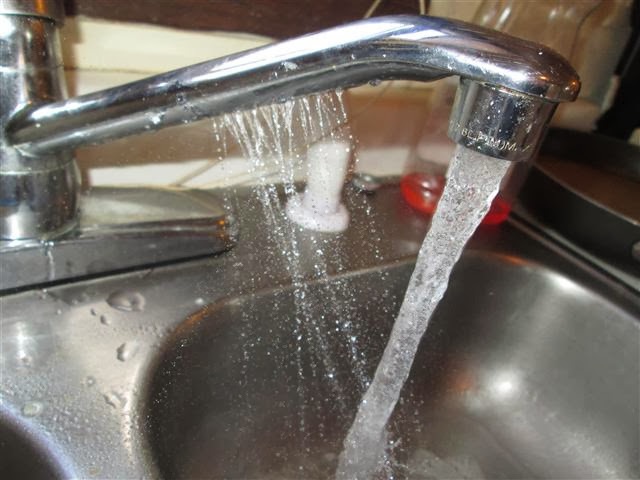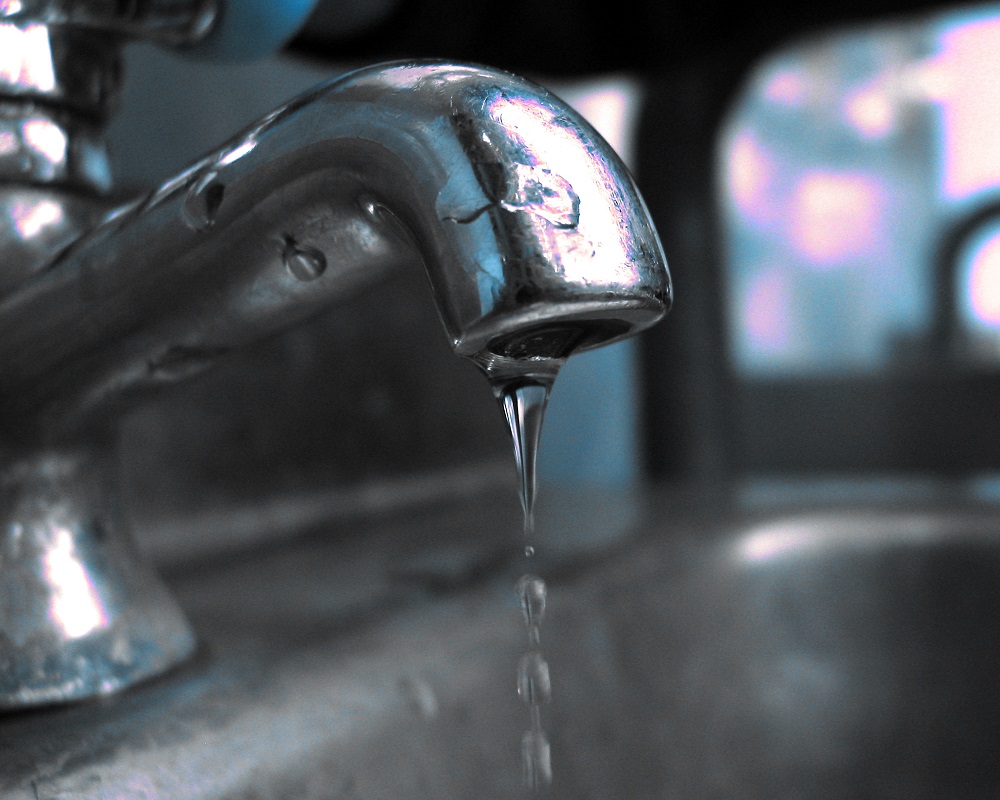Your Result of Faulty Faucets
Your Result of Faulty Faucets
Blog Article
What're your ideas about Health Risks Posed by Leaking Faucets?

Intro
A dripping tap may appear like a minor inconvenience, but its consequences extend much past the periodic drip. Understanding the effects of a leaking faucet is important for both house owners and the atmosphere. In this post, we'll check out the different impacts of this common household concern and why addressing it immediately is vital.
Reasons For Leaky Faucets
Dripping taps can arise from a selection of elements, including deterioration, high water stress, and corrosion. Gradually, the continuous use of taps can bring about worn-out seals and gaskets, triggering leaks to establish. In addition, extreme water pressure can place stress on plumbing fixtures, leading to leakages. Corrosion and corrosion can also weaken tap elements, making them prone to leak.
Water Waste
One of one of the most significant consequences of a leaking faucet is water waste. Even a little drip can add up to gallons of wasted water over time. This not just increases water bills yet additionally contributes to water deficiency and environmental deterioration. Addressing leaking taps promptly is critical for conserving this valuable source and minimizing its impact on the world.
Financial Effect
Along with drainage, dripping taps can likewise have a considerable monetary effect. Boosted water costs are a straight effect of water wastefulness, setting you back house owners numerous dollars yearly. Furthermore, the expense of repairing water damage brought on by leakages can be considerable, especially if left ignored for an extensive duration.
Environmental Effect
The ecological impact of leaky faucets prolongs past water waste. By conserving water, property owners can contribute to wider initiatives to mitigate water deficiency and safeguard all-natural communities. Lasting alternatives such as rain harvesting and water-efficient components can even more lower the environmental footprint of family water use.
Technological Solutions
Improvements in modern technology have resulted in the growth of clever taps and water-saving devices that help reduce water waste. Smart taps make use of sensors to find activity and readjust water circulation as necessary, reducing waste without sacrificing convenience. Water-saving tools such as aerators and low-flow showerheads are additionally reliable in saving water without jeopardizing performance.
Global Viewpoints
While leaking faucets may look like a localized concern, they contribute to broader international difficulties such as water scarcity and environment modification. In areas currently facing water stress and anxiety, every decrease counts, making leakage prevention and fixing necessary. By adopting water-saving methods and investing in sustainable technologies, house owners can play their part in attending to these pushing global problems.
Governing Measures
Government guidelines play a crucial function in alleviating the influence of leaky taps and promoting water conservation. From developing codes that need water-efficient components to water-saving incentives and rebates, policymakers have a range of tools at their disposal. By executing and implementing these guidelines, federal governments can make sure that house owners prioritize water conservation in their every day lives.
Neighborhood Impact
Addressing dripping faucets requires cumulative efforts at the community degree. By increasing awareness concerning the significance of water conservation and supplying resources for leakage detection and fixing, local authorities can encourage home owners to act. Campaigns such as water-saving refund programs and leakage detection campaigns can incentivize habits change and promote liable water use.
Case Studies
Real-life instances of the influence of leaky faucets highlight the value of aggressive maintenance and timely repair work. From water damages to skyrocketing water bills, the consequences of neglecting leakages can be serious. By sharing these case studies, home owners can much better recognize the relevance of addressing dripping faucets promptly.
Educational Campaigns
Educational projects play a crucial function in elevating recognition about the impacts of dripping faucets and promoting water conservation techniques. Through workshops, workshops, and online sources, homeowners can find out how to discover and fix leaks themselves. By encouraging individuals with understanding and tools, academic projects can cultivate a society of responsible water usage within areas.
Health and wellness Concerns
Dripping faucets can create helpful atmospheres for mold and mildew and mold growth, positioning wellness risks to residents. The visibility of mold and mildew can exacerbate respiratory issues and allergic reactions, specifically in susceptible people. In addition, water damage resulting from leaks can compromise the structural stability of buildings and cause expensive fixings.
DIY vs. Expert Repair service
When confronted with a leaky tap, house owners usually debate whether to attempt repairs themselves or work with a specialist plumber. While do it yourself repairs can save money, they might not constantly address the underlying problem successfully. Expert plumbers have the competence and tools to detect and deal with leakages properly, making sure long-lasting remedies and satisfaction for homeowners.
Preventive Measures
Avoiding dripping taps needs regular maintenance and positive procedures. Basic tasks such as changing damaged washing machines and seals can prevent leaks from developing. Additionally, upgrading to premium fixtures and decreasing water pressure can help lengthen the life-span of taps and lessen the danger of leaks.
Conclusion
Finally, the impacts of a leaking faucet expand much beyond the periodic drip. From water wastefulness and enhanced water expenses to health and wellness issues and ecological effect, the consequences of overlooking leaks can be considerable. By addressing dripping faucets immediately and adopting water-saving techniques, homeowners can minimize these effects and contribute to an extra sustainable future.
Why You Shouldn’t Ignore a Leaky Faucet in Your Home
What Causes a Leaky Faucet?
Various factors can cause a leak, from loose and worn-out parts to corrosion. Your faucet has four essential components from which most plumbing issues will stem: the O-ring, the valve seat, the washer and the gasket.
What Is an O-Ring?
The O-ring is a stem screw that fastens parts of the faucet in place, preventing water from leaking out of the spout. Depending on your faucet type, the stem might have multiple O-rings. Water will drip from the faucet’s handles and base if this part breaks or deteriorates.
What Is a Valve Seat?
The valve seat controls the flow and temperature of the water. Found at the base of the handle, it works as a seal for the faucet’s stem. The valve seat ensures the water is allowed to flow or is blocked as the handles dictate. You’ll know it’s malfunctioning when water leaks from your faucet’s sides.
What Is a Gasket?
The gasket is found between the water inlet and the valve stem. It creates a seal between the faucet and the sink, holding its joints by aerators attached to the stem’s head. Water will trickle out from the base if the gasket isn’t working.
What Is a Washer?
The washer secures the handles and prevents leakage, serving a similar purpose to the O-ring. While the O-ring is ordinarily round and made from an elastic material, such as rubber, the washer is square-shaped and composed of brass, copper and other hard metals. If it malfunctions, corrodes or has been improperly installed, water will leak out of the handles, causing that incessant faucet drip.
Why Is a Leaky Faucet Dangerous?
A leaky faucet left alone for too long can have significant consequences.
Pest Infestations
Since bugs and rodents gravitate towards the scent of water, a leaky faucet will draw pests to your sink. Both are looking for leaks accessible through crawl spaces, which a faucet provides. If you leave water dripping for too long, you run the risk of an infestation.
Rust
If one of the faucet parts has started to corrode, the resulting rust can spread to your pipes and valves with startling speed. The rust might even lead to cracks or other impairments, resulting in more severe plumbing issues.
Your sink could also sustain damage from a leaky faucet. The water in your tap possesses sparse elements of calcium and iron that can stain your sink with repeated and prolonged exposure. Once those elements in the water have been open to the air for some time, your sink will start to rust, creating marks that can be difficult to remove.
https://www.tomsmechanical.com/blog/why-you-shouldnt-ignore-a-leaky-faucet-in-your-home

I have been very eager about Here's How to Fix a Leaky Faucet and I am assuming you enjoyed reading the new article. Sharing is good. You just don't know, you may very well be helping someone out. We appreciate your readership.
Report this page